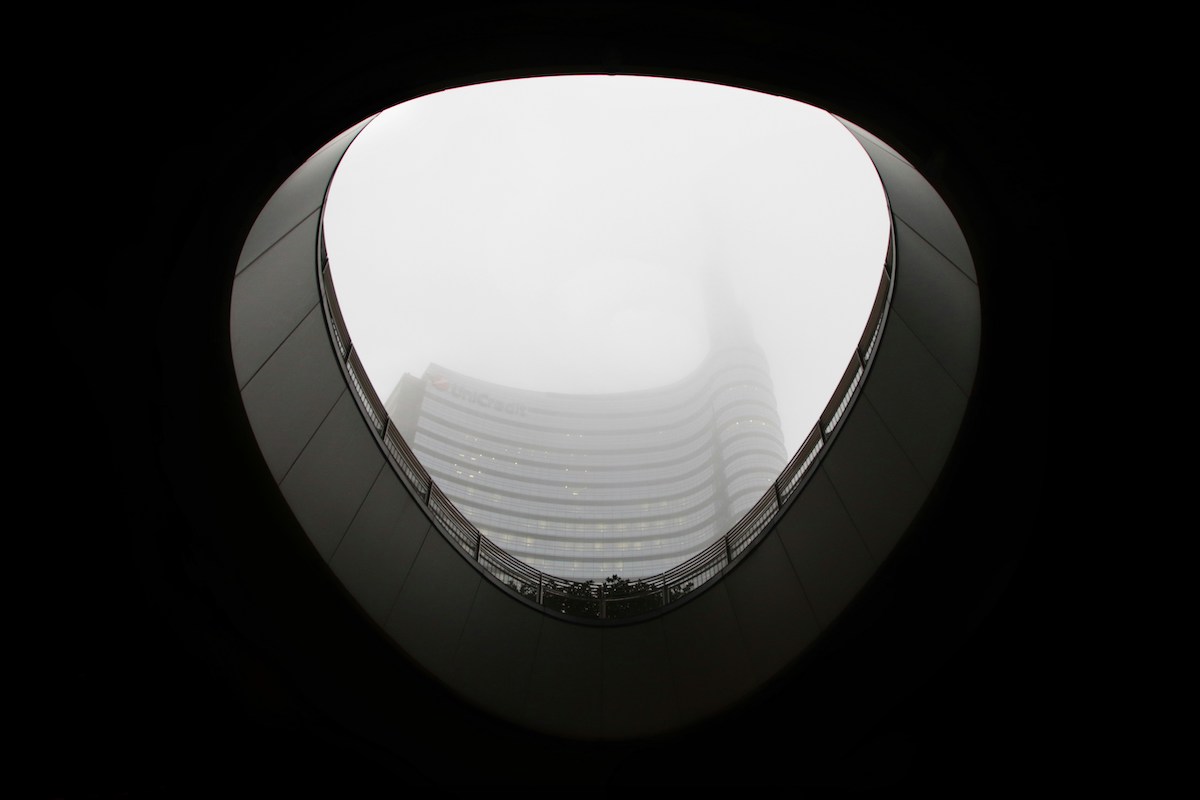It has already been said, but no: contrary to what was spread yesterday, Milan is not “the third largest city in the world”, comparable to dinosaurs like New Delhi or Dacca. Because the air quality measurement ranking that started it all comes from a private company that sells air purifiers and is not considered reliable; because there is no clear basis for how the data was collected; and because we only refer to fine dust there, although there are many other parameters to take into account.
So Mayor Beppe Sala's reaction to the reporters made some sense. “Arpa carries out other analyzes that prove the opposite, you should also inform yourself,” he said, referring to the regional environmental protection agency’s figures, which are considered more reliable. If there weren't also this semi-catastrophe in Milan – where there has apparently not been a situation like this since 2017 – and beyond. For Arpa Lombardia, for example, “there is no question that we are currently in a critical phase and are exceeding regulatory standards”. In short, behind the “social news” so to speak a la Hall, there is a truth.
What happens? What is happening is that we have been under a blanket of smog for days in the capital of Lombardy, in the rest of the region and in the entire Po Valley. For certain parameters, such as the micrograms of PM10, which are essential for measuring air quality, the values are well above the legal limit values set at European level. Unfortunately, this is nothing new: excessive pollution has been a problem throughout northern Italy for decades, due to causes such as the high population and housing density, traffic, the massive presence of intensive agriculture and arable farming, and certain difficulties in air circulation, for geographical reasons . In addition, our country is one of the countries in the West that suffers the most deaths from pollution.
However, what is different in this case is the almost total absence of rain in recent weeks and the increase in temperatures due to global warming, which have caused the cold air of the Po Valley to stagnate and prevent the renewal of the atmosphere – a key phenomenon. in this sense, so as not to end up under the hood. And so the situation is critical in Turin and Bologna, among many others. In the Emilian capital, for example, there is a thick blanket of fog, runners are asked not to run, and drivers have to be careful.
Experts agree that there is little that can be done at the local level other than reducing pollutants, but also that the various administrations – mayors, regions – have done very little to prevent the disaster this time. “We breathe toxic air everywhere and there is a lack of administrative measures that should protect everyone’s health,” reports Legambiente, speaking of a “total inadequacy of the response to the pollution episodes at the beginning of 2024.” Sala indicates that miracles are accepted in Milan (“nobody can do them in this field, neither us nor the region we asked for a table”), and in the meantime in nine years anti-pollution regulations will be back started in Lombardy provinces from today, with restrictions for example on distribution.
Furthermore, the weather gives rise to a spark of optimism, especially in Emilia Romagna, where rain and increased ventilation are expected in the coming days – this was also missing – which would represent a kind of buffer for the problem for the time being. But in short, considering that it is almost entirely due to climate change, the most concrete idea is that such alarms could become a habit that one faces every year.

